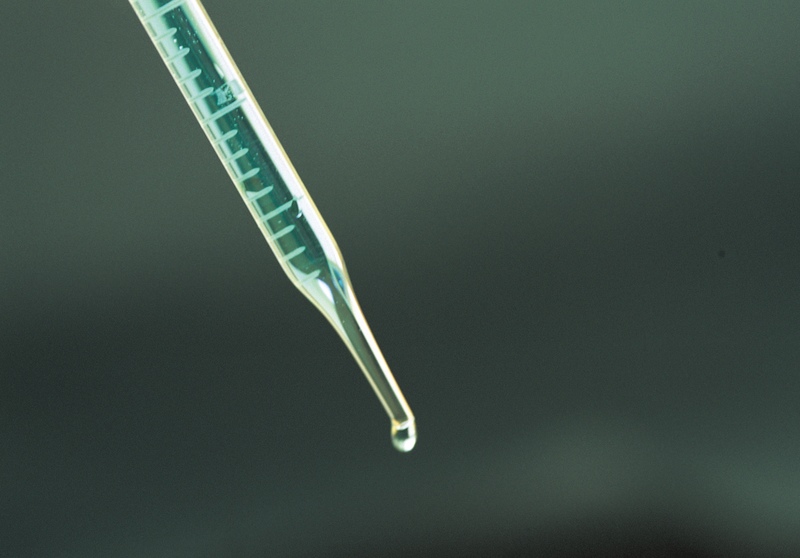
Here are some of the latest health and medical news developments, compiled by the editors of HealthDay:
Former Head of NIH, American Red Cross Dies
The former head of the U.S. National Institute of Health and of the American Red Cross died on the weekend.
Dr. Bernadine Healy, 67, died Saturday, according to a funeral home in Ohio near Cleveland. The cause of death wasn’t released but Healy had suffered from brain cancer, the Associated Press reported.
In 1991, Healy was appointed the first female director of the National Institutes of Health. In 1994, she lost a bid to run for the U.S. Senate in Ohio as a Republican. She became president of the American Red Cross in 1999 but resigned just two months after the 9/11 terrorist attacks.
The resignation was due to disagreements with the board, including what to do with nearly $500 million collected by the Red Cross following 9/11, the AP reported.
—–
Human Growth Hormone Tests for NFL Players
NFL players will be tested for human growth hormone at least once a year and possibly many more times than that under a new drug-testing program, the league announced on the weekend.
Blood samples are required for growth hormone testing and the NFL will be the first major American sports league to conduct blood testing at the major league level, The New York Times reported.
NFL officials also said that this season, for the first time, players will undergo drug tests on game days.
Spokesman Greg Aiello said there is no limit on how often players can be tested for human growth hormone and steroids during the season, and they can be tested up to six times in the off-season, The Times reported.
—–
Coming Soon: A ‘Date Rape’ Drug Detector?
Scientists in Israel say they have developed a detector for “date rape” drugs in drinks that is 100 percent accurate and resembles a straw or swizzle stick.
According to ABC News, the device is currently able to detect the presence of the drugs GHB (gamma-hydroxybutric acid) and ketamine, but the researchers say they are optimistic that Rohypnal (“ruffies”) will soon be added to that list.
“It samples a very small volume of the drink and mixes it with a testing solution,” Fernando Patolsky, device co-creator and professor of chemistry at Tel Aviv University, told ABC News. “That causes a chemical reaction that makes the solution cloudy or colored, depending on the drug,” he explained.
That reaction is followed by the switching on of a red light on the device so that users can get the warning even in dimly lit surroundings. Paolsky and co-inventor Michael Ioffe are currently looking for investors to bring the device to market.
Although the use of date rape drugs has been widely publicized, it is not common, Dr. Robert DuPont, president of the Institute for Behavior and Health, told ABC News. Instead, alcohol is often the main incapacitating factor at work, he said. “It’s another reason not to use drugs and not to drink too much, because you’re very vulnerable to all kinds of things.”
As for the date-rape drug detector, “I would bet you there are a million, a hundred million drinks even, that are just alcohol for every one that has a drug,” DuPont said. “It would be like finding a needle in a haystack.”
—–
Brainy Dog Star of Psychologists’ Meeting
A Border collie who can identify more than 1,000 objects and is able to distinguish between nouns and verbs was a star attraction on the weekend at the American Psychological Association’s annual meeting.
Seven-year-old Chaser relaxed on stage as owner and retired psychology professor John Pilley spoke outlined research he’s conducted with the brainy dog and showed video clips illustrating her abilities, USA Today reported.
With three years of intensive training, Chaser learned the names of 1,022 toys in blue bins at Pilley’s home. Not only can Chaser identify each toy based on its name, she can follow specific commands about what to do with her toys, such as paw, nose or fetch a certain toy.
The research, published earlier this year in the journal Behavioral Processes, adds to growing evidence that dogs are “smart” or at least have skills that can be compared to human intelligence, according to USA Today.
—–

